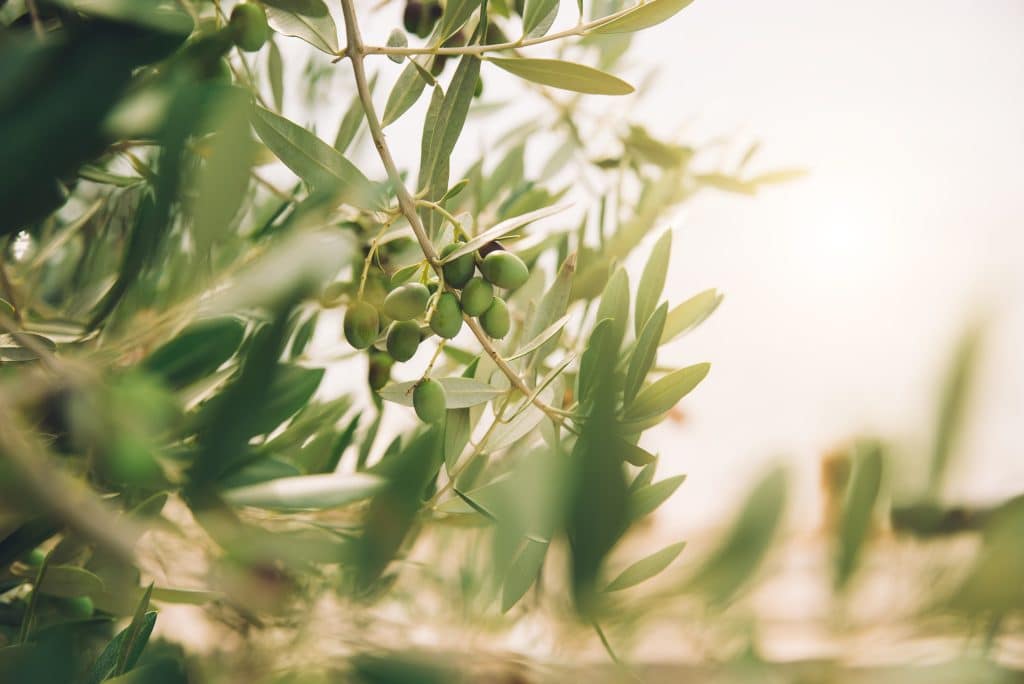THE TRUE GENETIC ORIGIN OF THE OLIVE TREE IS NOT KNOWN
SOME SAY THE CULTIVATION OF THE OLIVE BEGAN AROUND 5,000 BC ON THE GREEK ISLAND OF CRETE. OTHERS SAY IT ORIGINATES IN SYRIA, IRAN, AND THE PALESTINE AREA.
The olive tree (Olea europaea) belongs to the genus of olive trees (Olea) and is undoubtedly one of the oldest known crops in the world. It is said it has been cultivated even before the foundation stone of our written language was laid. Ancient documents in Syria from around 2,000 BC indicate the high value of olive oil and its importance in their lives, and was also considered a symbol of peace and wisdom as well as victory.
All major civilizations including the Egyptians, Phoenicians, Greeks and Romans spread the fruit along the coasts of Southern Europe and Africa over the following centuries, and astonishingly today 97% of all olive trees in the world are in the Mediterranean region. According to Greek mythology, the goddess Athena brought an olive as a gift to the Greeks when she vied with Poseidon, God of the Sea, for supremacy in Attica in order to win the favor of the residents.

This single olive was then planted on a rocky hilltop now known as the Acropolis of Athens. According to tradition, the tree that still exists today is said to have descended from this first olive tree! The Greeks anointed the victors of the Olympic Games with olive oil, in other cultures it was used to anoint their dead, although the Christian Church, among many other religions, still use it to celebrate special occasions.
Olive trees grow to an extremely old age, some are more than a thousand years old in Sardinia, mainland Greece and Macedonia, with allegedly the oldest tree in Crete at around 4,000 years old. The temperate climate and soil provides the ideal conditions for the continued growth of over 100 different varieties grown throughout the region.

It takes between 10 and 15 years for the tree to reach full production. Traditionally, the fruit is harvested in autumn and winter by hand, or by beating the fruit off the tree with long poles. Today, there are more modern and effective methods for faster harvesting by machine as production costs have dramatically increased.
Where it used to be 7.5 m between trees, allowing around 70 trees to be planted per hectare, modern growers are now planting between 250 and 900 trees per hectare. At present, Spain is considered the leading country in the Mediterranean, producing one third of the world’s olive oil harvest. Italy comes second, followed by Greece, Morocco and Turkey. Around 90% of the olives are processed into olive oil and the rest is traded as solid food and more furniture, wind instruments and other utensils are crafted from the hard wood of the olive tree.
Continue reading in olive oil liquid gold of the Mediterranean








